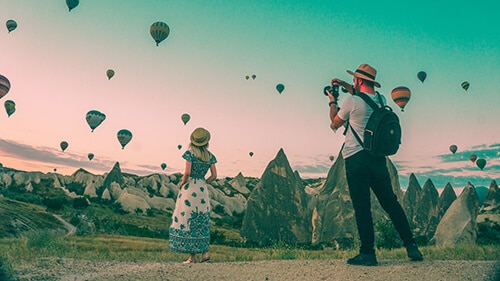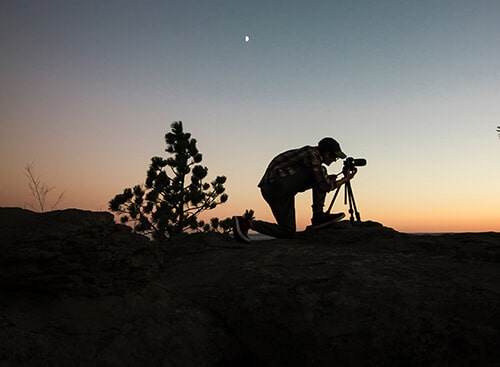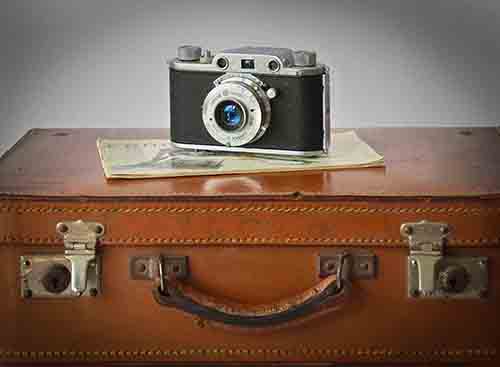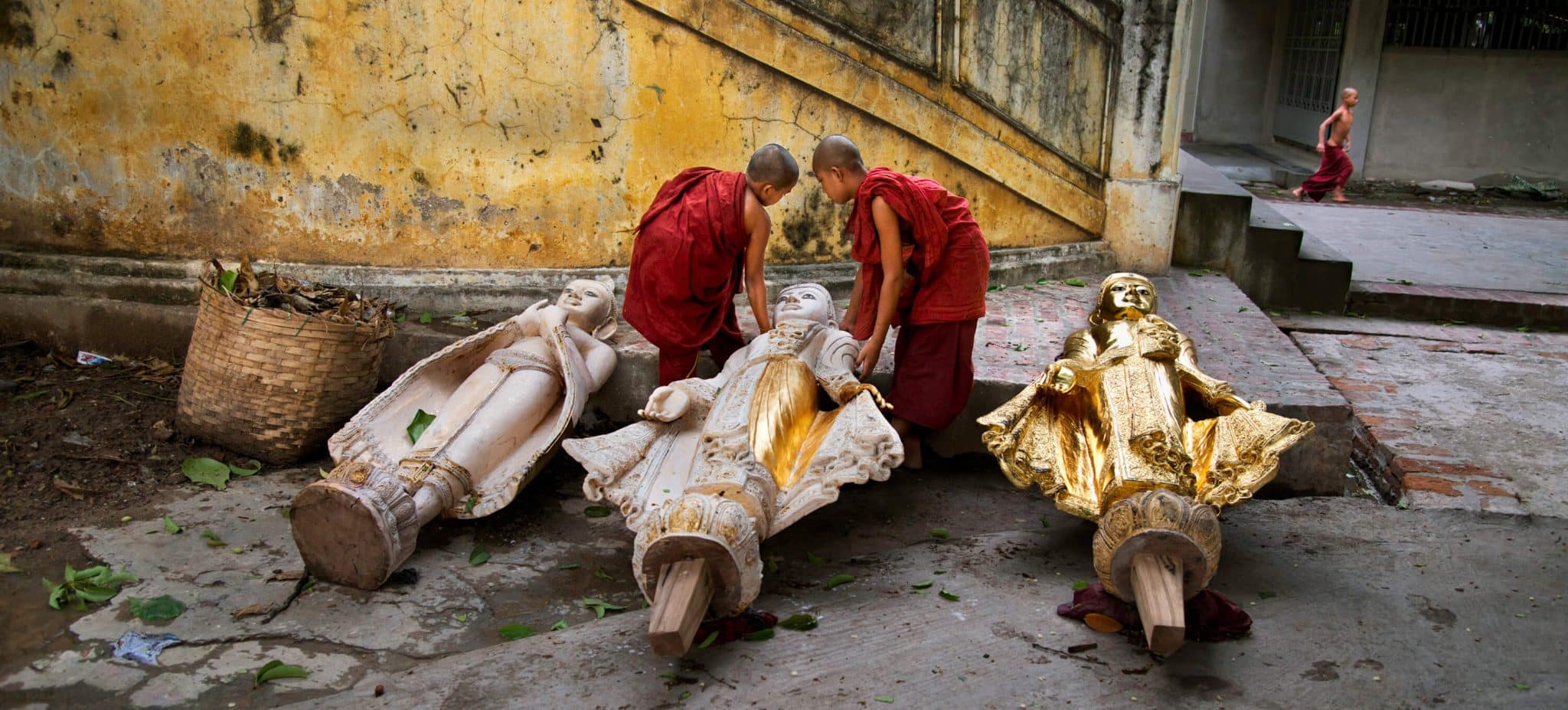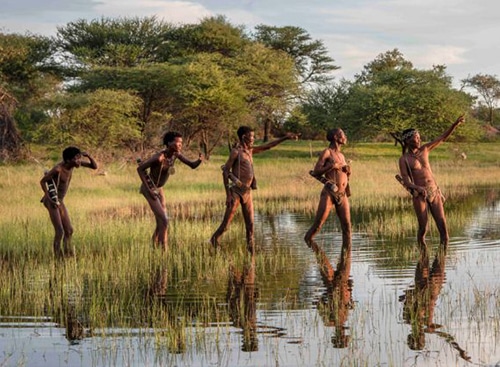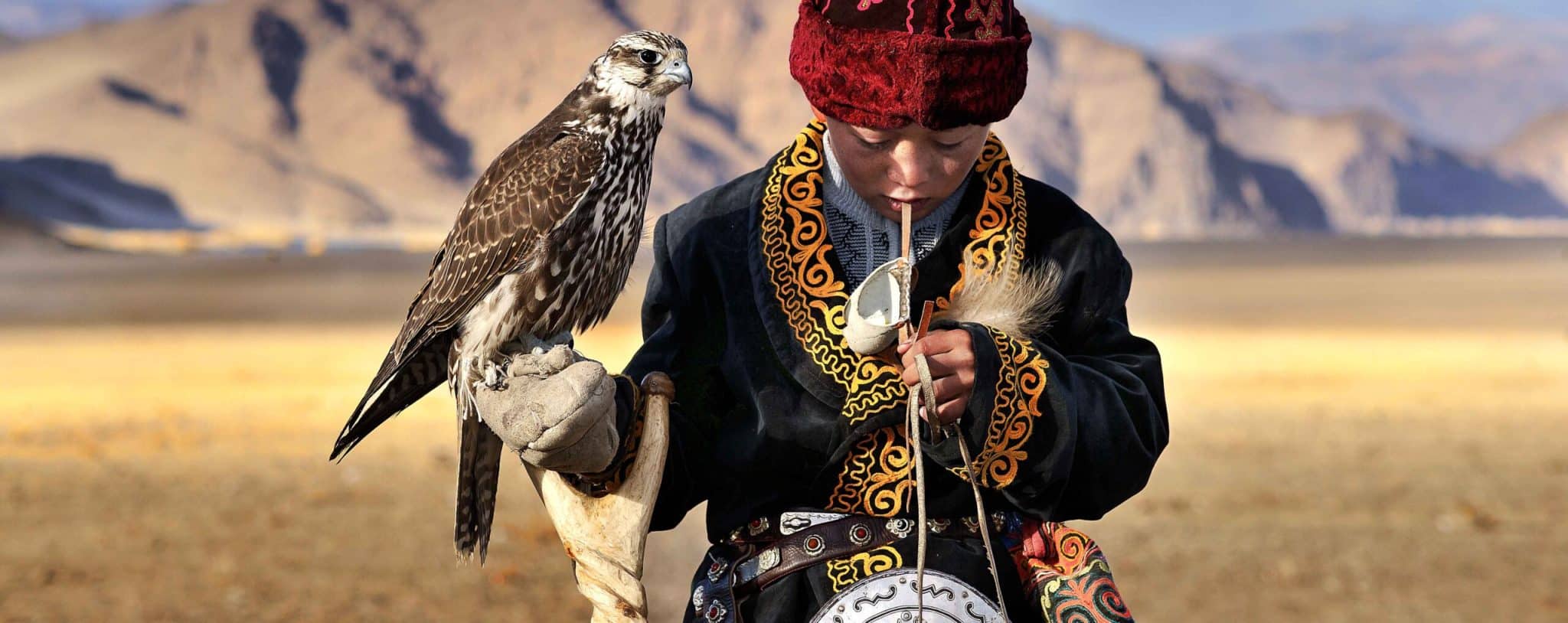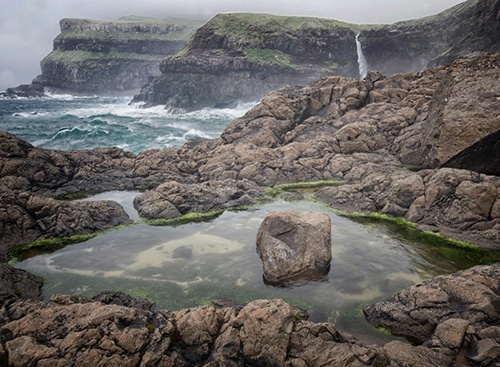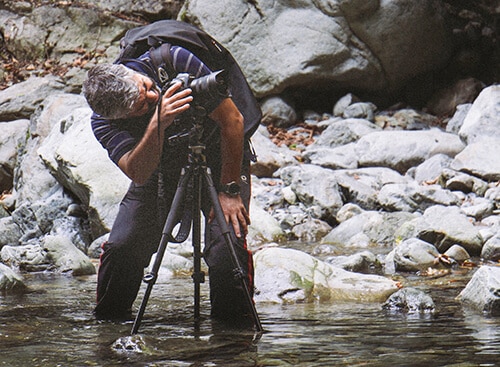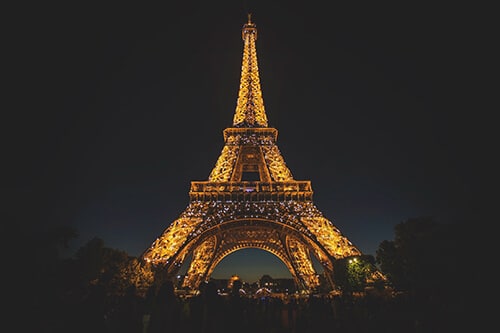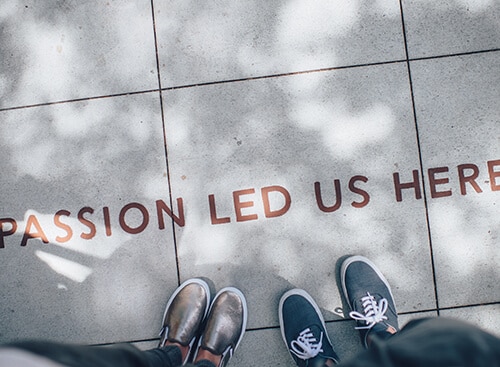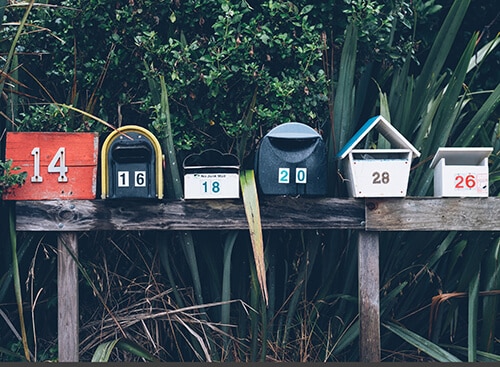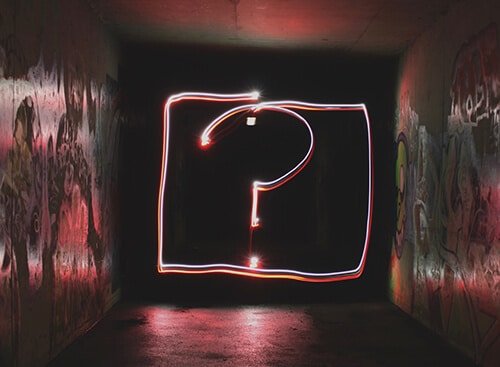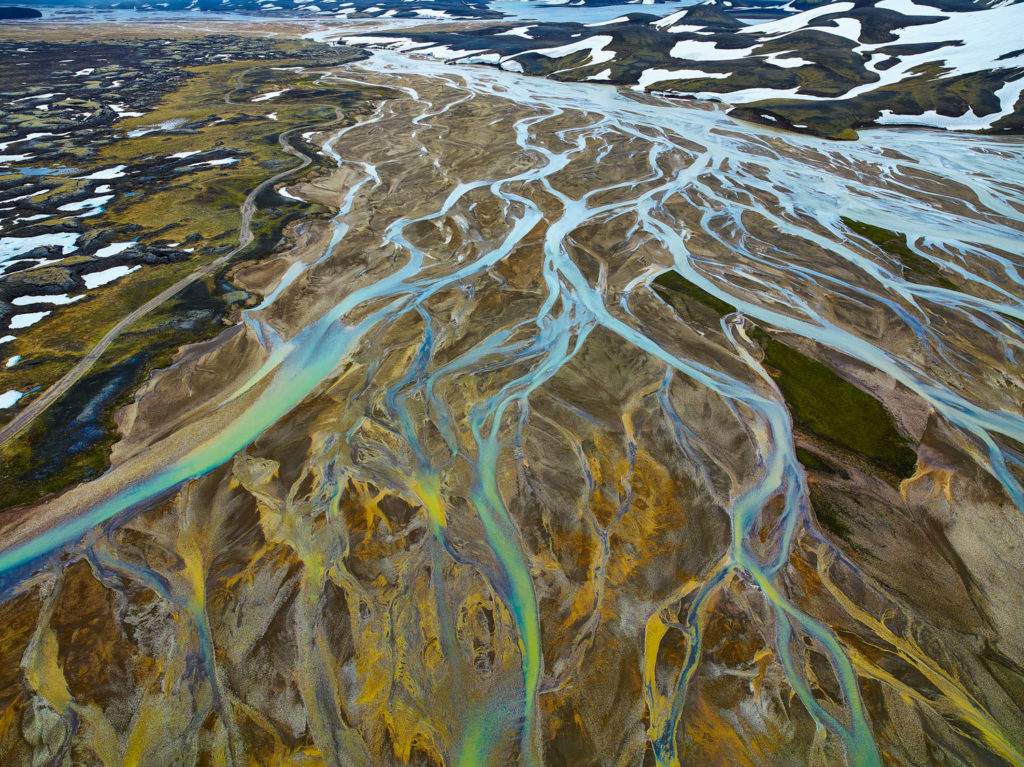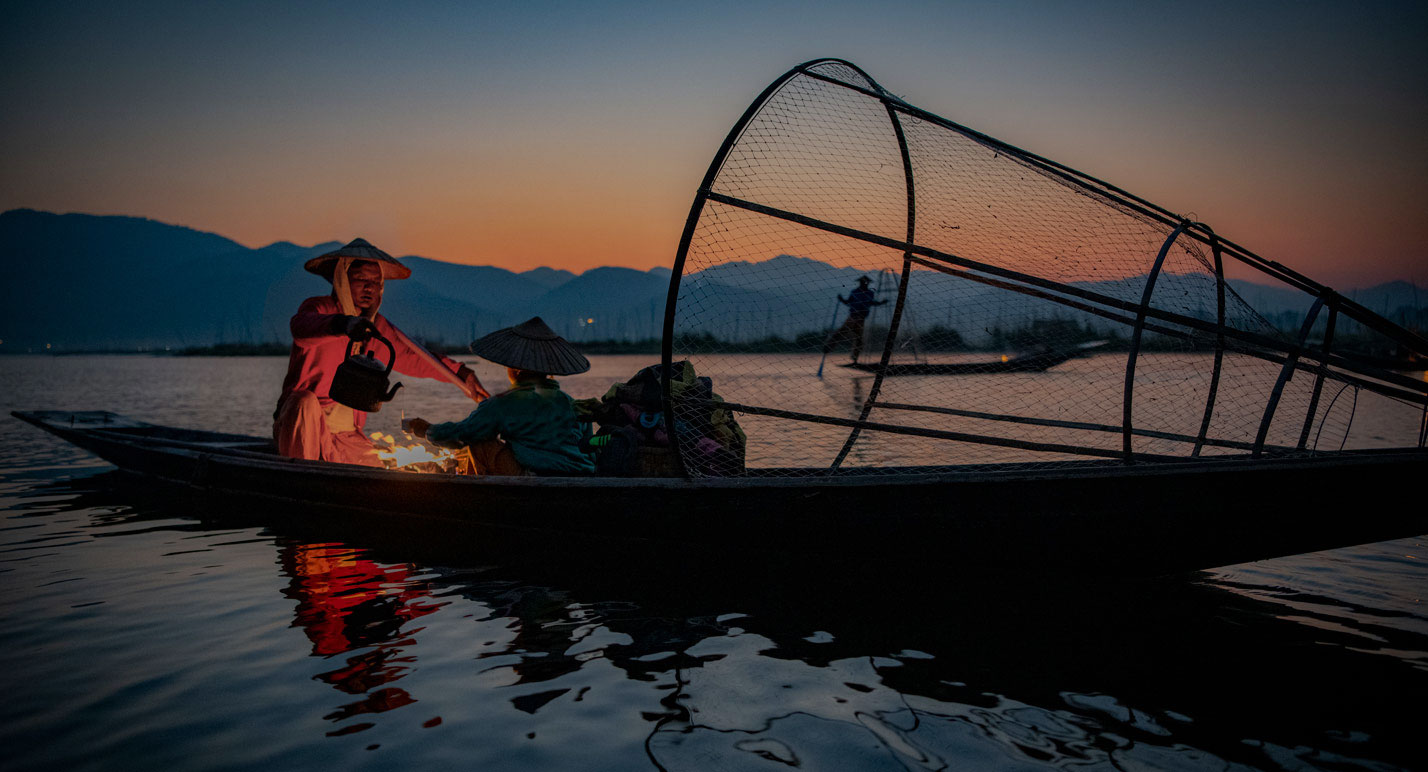They call it the Monsoon – My most memorable photos
In the “My most memorable photos” series, Better Moments founder Christian Nørgaard showcases his iconic shots from around the world and shares their story.

Leaving the town behind
It was raining heavily in the early hours of the morning when I cycled from my hostel through Siem Rea, Cambodia. Soon I had left the town behind and I was rolling on a bumpy gravel road. Small, simple bamboo houses were hiding in the darkness of the new dawn. I could hear the sounds of pigs and chicken – probably from inside the houses – while women in sarongs lit up their outdoor kitchens. Their tired children came running from the darkness and into the rain. The tropical humid heat made it difficult to breath and the sour smell wafting from the rainforest certainly didn’t help.
They call it the Monsoon
I eventually got off the simple bicycle that I had borrowed from my host at my hostel in Siem Rea. Thanks to the rain and the humidity I was completely soaked. Just when I started to feel sorry for myself, I got distracted by a monk walking in the rain. He was dressed in the typical orange robe and walked as if it was just an ordinary day. Well, it may have been for him, but absolut not for me – they call it the Monsoon.
Suddenly it stopped raining and the first rays of the morning sun illuminated the lush leaves and the raindrops on them, which were transformed into beautiful transparent pearls. The entire jungle around me was glistening in the soft morning light.
Stop, for God’s sake!
With my camera was dangling from my right shoulder, I was about to take my first step into the jungle, my spirit elevated by a ray of sunlight stroking my face.
“Stop!” I heard a loud voice behind me scream and then even louder, “Stop, for God’s sake!” I froze and turned around, facing the orange-colored monk.
“There are landmines everywhere and almost every day there are animals or people stepping on them,” his voice was now calm but determined. “Do you smoke?” he asked.
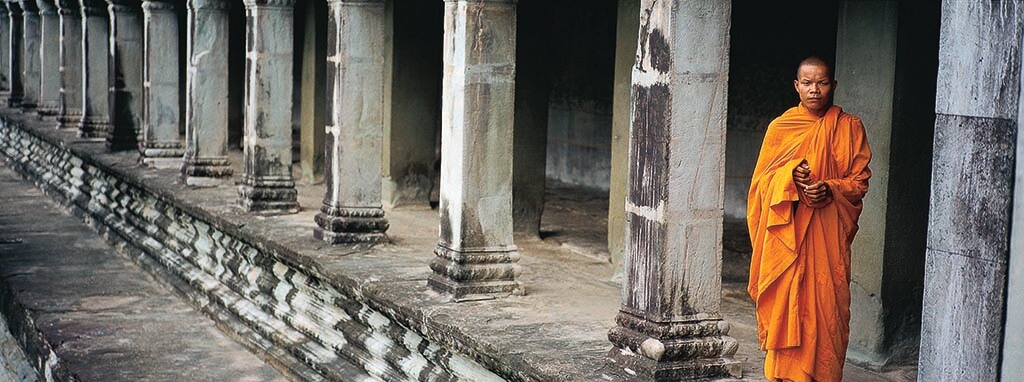
Cambodia’s bloody past
He sat down next to my bicycle, as I remember, on a historical monument which was almost completely hidden by the vegetation. I offered him one of my cigarettes, he lit it, and I did the same. He blew out some smoke rings – small vortexes that got bigger and bigger and finally dissolved.
“I can show you the safe route to the temple, but under one condition. You will listen to me telling you the story of my country,” he said.
I nodded for two reasons – firstly, I was intrigued to hear the story and secondly, I didn’t feel like being the next tourist stepping on a landmine. So the monk told me about Cambodia’s bloody past, in which the Pot Pot regime had exterminated nearly 2 million people. Most were tortured before being executed and most often by their own family or friends. Women were forced to kill their own newborn babys by slinging them against trees while others had their throats cut over with banana leaves.
I followed the monk’s footsteps
We had smoked more than just a couple of cigarettes before he was done telling me about Cambodia’s dark history. However, his story ended on a lighter note, as he was telling me about the liberation and the freedom that prevails today. But the past cannot be completely erradicated from peoples’ minds, one reason are the landmines that the Pot Pot soldiers had left behind – also here in Angkor Wat.
I walked behind the monk, literally following in his footsteps, and soon we stepped out of the dense jungle and stood in front of the impressive temple.
“You are welcome to photograph me,” the monk said, “but, again, there is one condition. When you show your pictures of me, you must tell my story so we never repeat the cruelty I have experienced – I wish for all of us to live in peace and harmony.”
His words are more important than ever
When we said goodbye to each other, it had already become dusk and it started to rain again. The monk disappeared the same way he came, into the rain. For the split of a second I felt like the rain tried to wash the past away – they call it the Monsoon.
For me, it was a day to remember, and so many years later, the monk’s words are more important to me than ever.
Sign up for our newsletter to make sure you won’t miss any future blog posts.
More about Christian Nørgaard? Click here!


